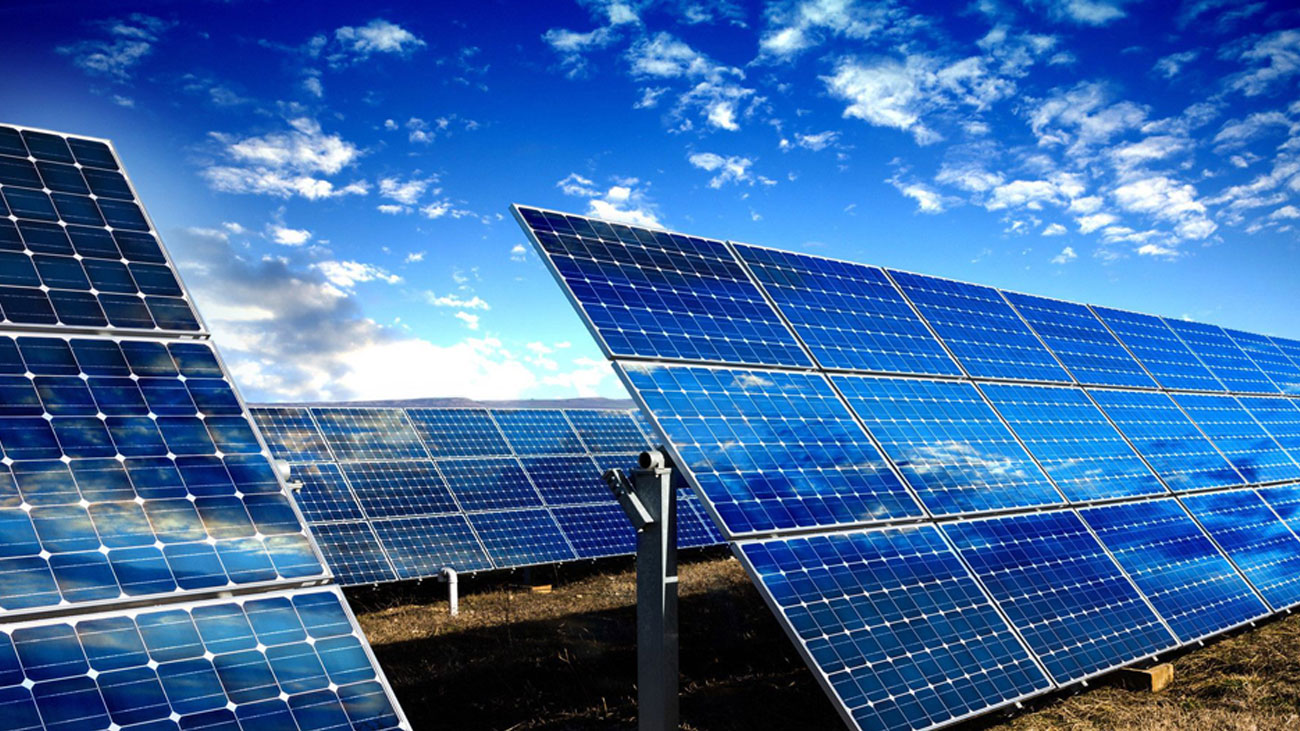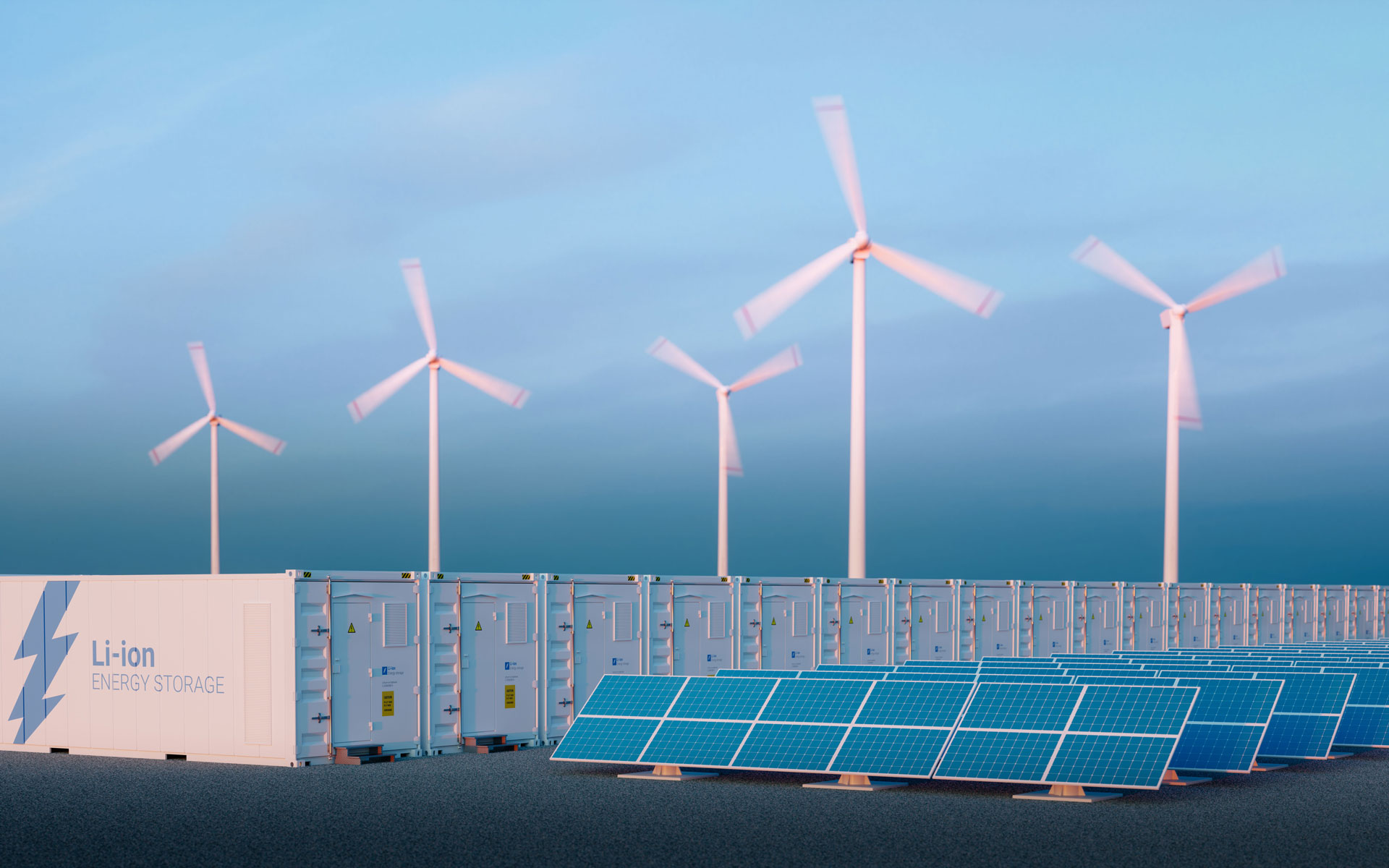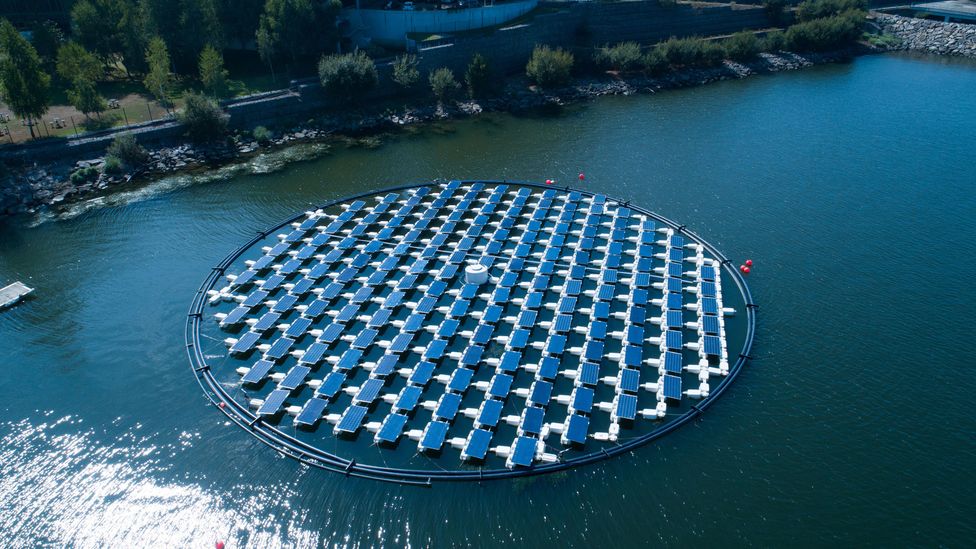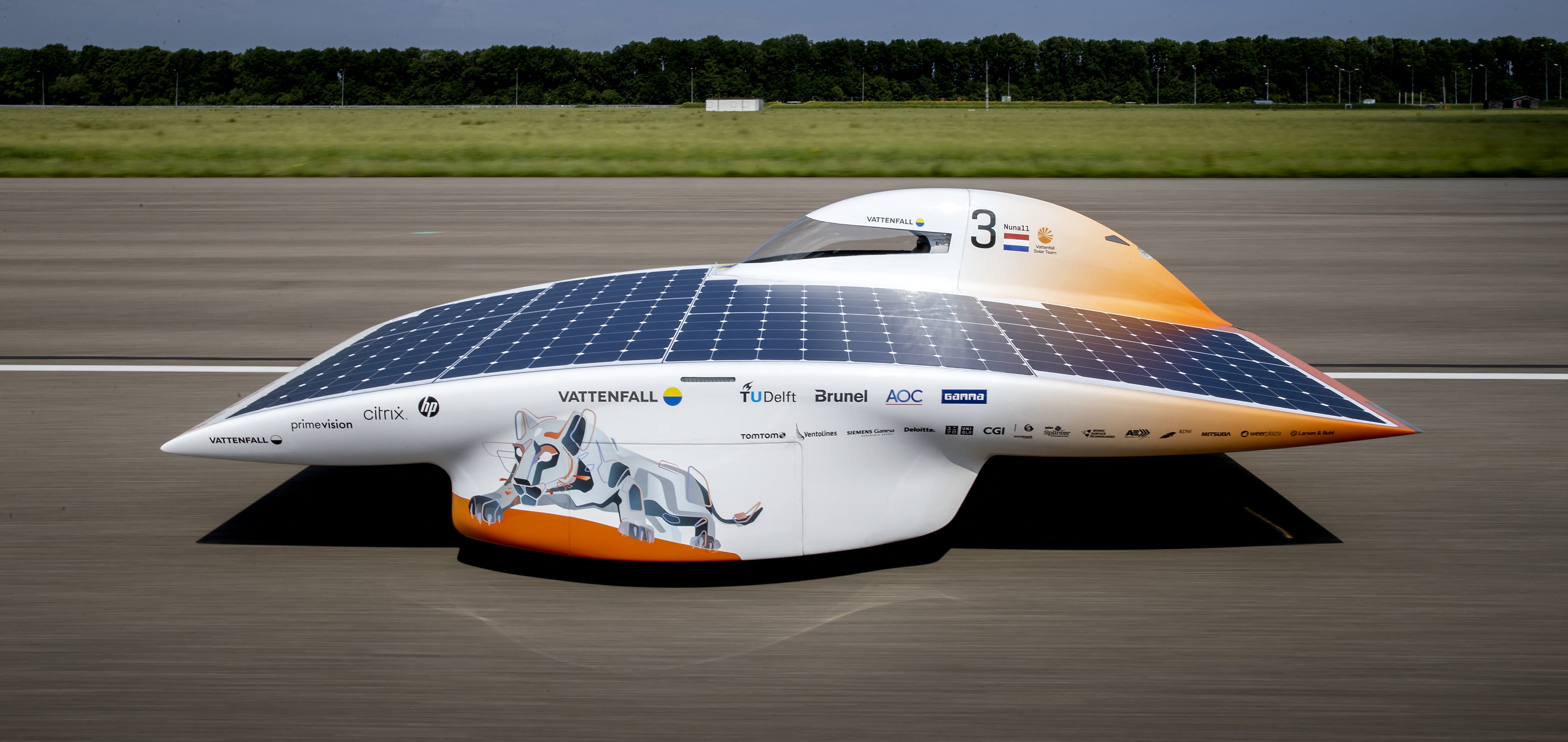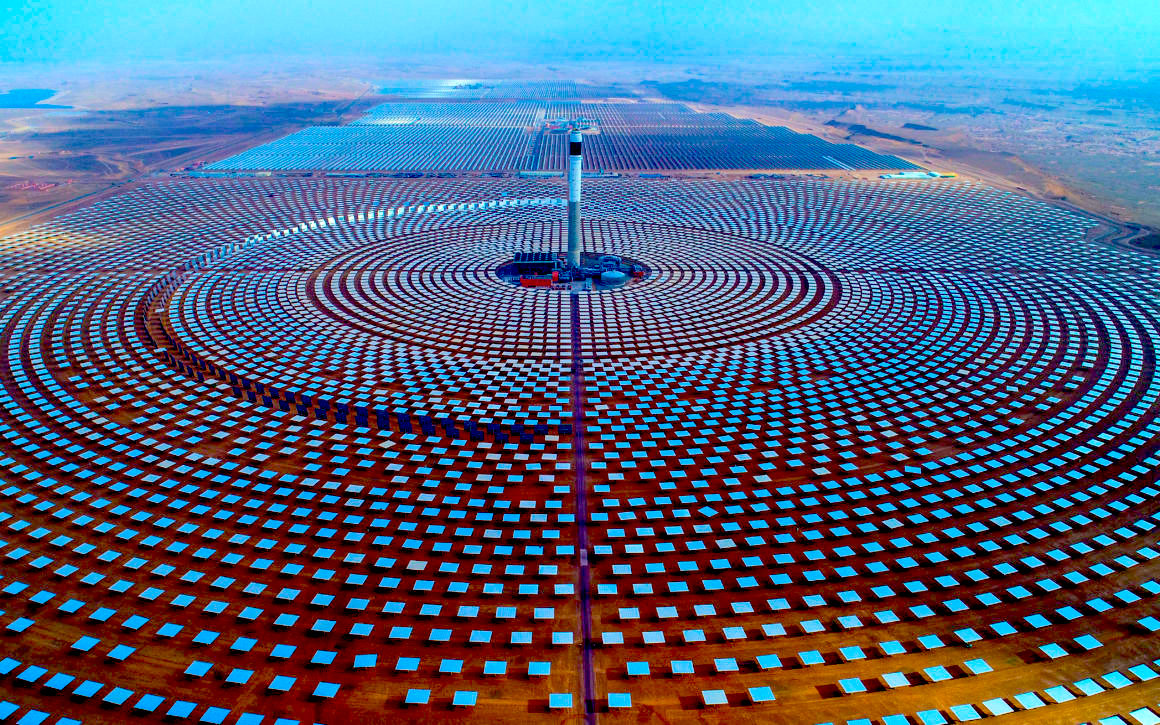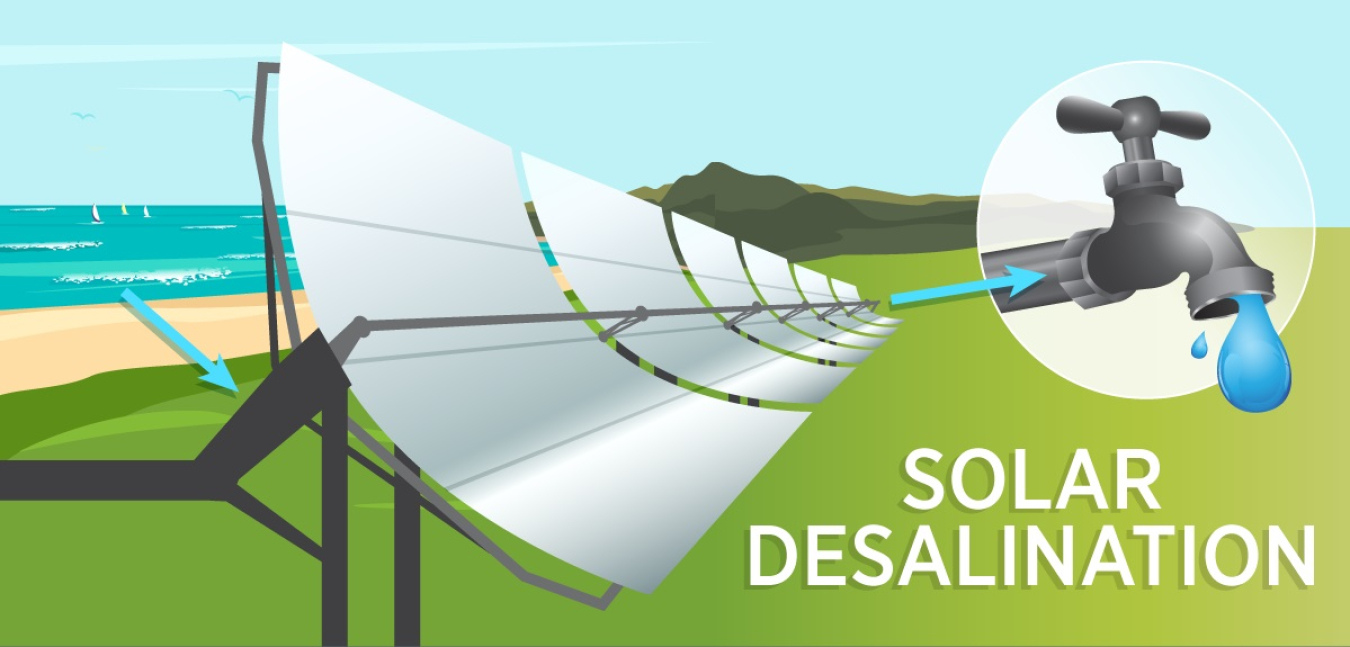Introduction
In our rapidly changing world, the need for clean and sustainable energy sources has never been more apparent. As we strive to reduce our carbon footprint and combat climate change, renewable energy technologies have taken center stage. Solar power, in particular, has emerged as a dominant player in the renewable energy landscape. In this blog, we'll explore the future of renewable energy, with a focus on solar power and what lies beyond. Here are the top 10 trends and innovations shaping the future of clean energy.
1. Advanced Solar Panels
Solar panel technology has come a long way, but it continues to evolve. The future holds promise for advanced solar panels that are more efficient and affordable. Innovations like perovskite solar cells and bifacial panels are making waves, offering increased energy production and flexibility in installation.
Indeed, advanced solar panels have been a topic of great interest and development in recent years. Let's explore some of these innovations:
**Perovskite Solar Cells:** Perovskite solar cells are garnering significant attention in the field of photovoltaics. They are made from a class of materials called perovskites, which have the potential to be cheaper and more efficient than traditional silicon solar cells. Perovskite solar cells are known for their high efficiency in converting sunlight into electricity, making them an attractive option for harnessing solar energy. However, they are still in the research and development phase and need to overcome challenges such as stability and durability issues.
**Bifacial Solar Panels:** Bifacial solar panels are designed to capture sunlight from both the front and rear sides of the panel. They can be installed on the ground or on surfaces with reflectivity, such as white roofs or near water bodies. Bifacial panels can increase energy production by as much as 10-30% compared to traditional monofacial panels, depending on the specific conditions and installation.
**Thin-Film Solar Panels:** Thin-film solar panels are an alternative to traditional crystalline silicon panels. They are lightweight, flexible, and can be used in various applications, such as building-integrated photovoltaics, portable solar chargers, and more. While thin-film panels tend to have lower efficiency compared to silicon panels, ongoing research aims to improve their performance.
**Tandem Solar Cells:** Tandem solar cells are designed to stack multiple layers of solar cell materials on top of each other. Each layer absorbs a different portion of the solar spectrum, allowing for better utilization of sunlight and higher energy conversion efficiencies. Tandem cells can achieve efficiencies above 30%, which is significantly higher than single-junction solar cells.
**Solar Tracking Systems:** While not exactly a type of solar panel, solar tracking systems are mechanisms that follow the sun's path throughout the day to optimize solar panel orientation. This increases energy generation by ensuring that the panels are always facing the sun.
**Transparent Solar Panels:** Researchers are working on transparent solar panels that can be integrated into windows, facades, and other surfaces without obstructing light or views. These see-through solar panels have the potential to turn buildings into energy-generating structures.
**Printable Solar Panels:** Printable solar panels, also known as organic or flexible solar panels, are made using printing techniques that allow for cost-effective, large-scale production. While they might not be as efficient as traditional panels, they offer unique possibilities for custom applications and integration.
These advancements in solar panel technology are promising for the renewable energy sector. They aim to increase the efficiency and affordability of solar power, making it a more accessible and viable energy source for a broader range of applications, from residential and commercial installations to off-grid and portable solutions. As technology continues to evolve, we can expect further innovations in the field of solar panels, driving the transition to cleaner and more sustainable energy sources.
2. Energy Storage Solutions
The intermittency of solar power is a common concern. However, the future of renewable energy will feature improved energy storage solutions. Batteries, like the Tesla Powerwall, are becoming more accessible, providing homeowners with the ability to store excess energy for use during the night or on cloudy days.
3. Solar Farms and Floating Solar
Solar farms are becoming increasingly popular, especially in regions with abundant sunlight. In the future, we can expect to see even larger solar installations and innovative projects like floating solar farms on reservoirs and lakes, maximizing land use.
4. Smart Grids
The integration of solar power into smart grids is a game-changer. Smart grids allow for better management of energy distribution, reducing waste and increasing overall efficiency. As technology advances, smart grids will become more prevalent, making renewable energy sources like solar even more reliable.
5. Solar Windows
Imagine turning your windows into power generators. Solar windows are a promising innovation in the world of renewable energy. These transparent panels can be integrated into building designs, capturing solar energy while still allowing natural light to pass through.
6. Solar-Powered Transportation
Solar power is not limited to stationary applications. Electric vehicles (EVs) are already on the rise, and solar panels integrated into their surfaces are becoming more common. This means that vehicles can generate their own power, reducing the need for charging from non-renewable sources.
7. Concentrated Solar Power (CSP)
Concentrated Solar Power systems use mirrors or lenses to focus sunlight and generate heat, which can then be converted into electricity. CSP technology is evolving, with greater efficiency and the ability to store thermal energy for nighttime use, making it a valuable addition to the renewable energy mix.
8. Solar Desalination
Access to clean water is a global challenge, and solar desalination is emerging as a sustainable solution. By using solar energy to desalinate seawater, we can provide a fresh water source in areas where it's scarce.
9. Government Initiatives and Policies
Government support and policies play a crucial role in the growth of renewable energy. In the future, we can expect to see more incentives, tax credits, and regulations promoting the adoption of solar power and other clean energy sources.
10. Research and Innovation
Continuous research and development are at the heart of the future of renewable energy. Scientists and engineers are tirelessly working on new materials, designs, and methods to make solar power more accessible, efficient, and environmentally friendly.
Conclusion
The future of renewable energy, with a focus on solar power, is a bright one. The world is moving towards a more sustainable, clean energy future, driven by innovation and a growing awareness of the need to combat climate change. As technology advances and policies evolve, solar power and other renewable energy sources will play an increasingly vital role in our energy mix. So, if you're considering going solar or investing in renewable energy, the future looks promising, and the time to get involved is now.

